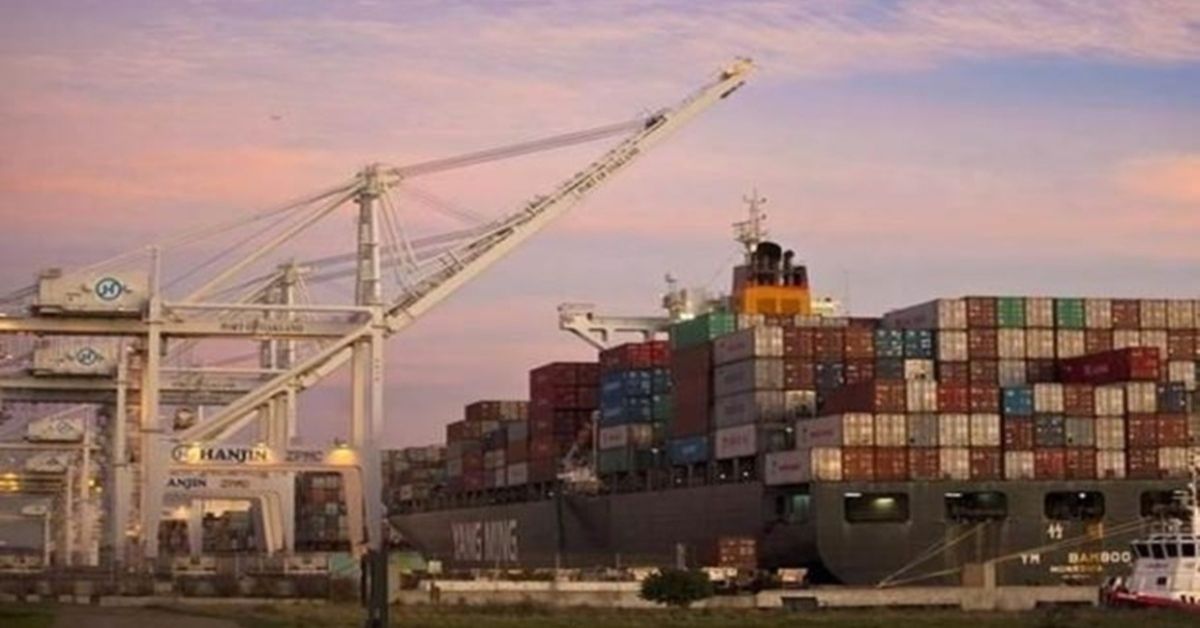In the fiscal year 2021-22, which concluded on March 31, Indian government-controlled Major ports, which had been losing market share steadily in recent years, increased faster than privately-built minor port organisations led by Adani Group, thanks to a robust resurgence in volume levels.
According to a granular port data study, the public ports network saw a 16.74 percent rise in combined container traffic, compared to 13.89 percent at Adani Ports. The 12 major ports handled a total of 11.2 million TEU, up from 9.6 million TEU a year ago, while the Adani Port network’s terminals handled a total of 8.2 million TEU, up from 7.2 million TEU a year ago.
Adani’s flagship Mundra Port handled more volumes than Jawaharlal Nehru Port Authority (JNPA)/Nhava Sheva, but the latter logged a higher rate of growth – 21.55%, versus 14.84% at Mundra. Fiscal 2021-22 volumes handled by JNPT amounted to 5.68 million TEU, growing from 4.68 million TEU in 2020-21. Mundra’s yearly throughput increased to 6.5 million TEU from 5.66 million TEU in the prior year.
“JNPA’s exceptional performance of handling 5.68 million TEUs during FY 2021-22 is a token of port’s consistent efforts and commitment to providing best services to our clients and stakeholders,” port chairman Sanjay Sethi said in a statement.
“The new benchmark set by JNPA portrays the port’s substantial progress in the EXIM (export-import) trade, maritime, and port sectors. JNPA ensures to consistently enhance its operational efficiency by maintaining global standards and serving as the port of choice for the world,” he added.
Further, a major growth driver at Mundra has been the transshipment cargo handled, owing in large part to Adani’s terminal partnerships with MSC and CMA CGM. The number of transshipment loads through Mundra hit 1.4 million TEU out of the total 5.66 million TEU it handled in fiscal 2020-21, according to industry data.
In contrast, at JNPA/Nhava Sheva transshipment movements made up just 97,000 TEU in fiscal 2021-22.







